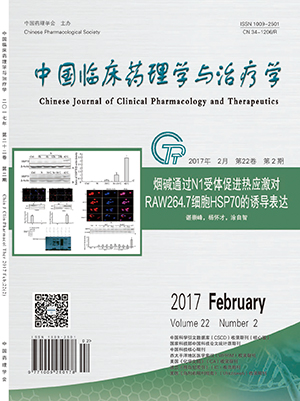AIM: To observe the therapeutic effect of oxiracetam combined with Cistanche yizhi capsule on the cognitive impairment of leukoaraiosis and to explore the mechanism of its combination therapy. METHODS: From May 2013 to May 2015, 94 patients with acute leukoaraiosis admitted from the general outpatient and neurology department to our department were randomly divided into experiment group and control group. According to the diagnostic criteria, The control group were treated with oxiracetam capsule, 800 mg, tid; the test group to be combined with oral Cetan capsule and Cistanche yizhi capsule combination: Olaxetan capsule, 800 mg, tid; Cistanche compound pills, 1.2 g , tid. Warm water blunt, taking 12 weeks. The patients' cognitive function, daily living ability, social function and mental state were evaluated on the first day of hospital admission, the day of discharge, the third month after discharge and the six months after discharge. RESULTS:The comparison of cognitive function between the two groups was statistically significant (P<0.05) after the drug intervention, the day of discharge, the follow-up of three months, the follow-up of six months, the numerical test group was better than the control group. The numerical test group was superior to the control group at the time of 6 months follow-up, the difference was statistically significant (P<0.05); compared with the control group, there was significant difference between the two groups (P<0.05). After three months of follow-up, the data of the experiment group were better than the control group. The mental status of the two groups was statistically significant (P<0.05) after the drug intervention, the day of discharge, the follow-up of three months, the follow-up of six months of experiment group was better than the control group. CONCLUSION:The combination of Oxiracetam with Cistanche yizhi capsule can improve cognitive function, daily living ability, social function and mental state, and it shows better effect in reducing the irreversibility. The occurrence of senile vascular dementia is of great significance to improve the quality of life of patients, it is worthy of clinical in-depth promotion.


